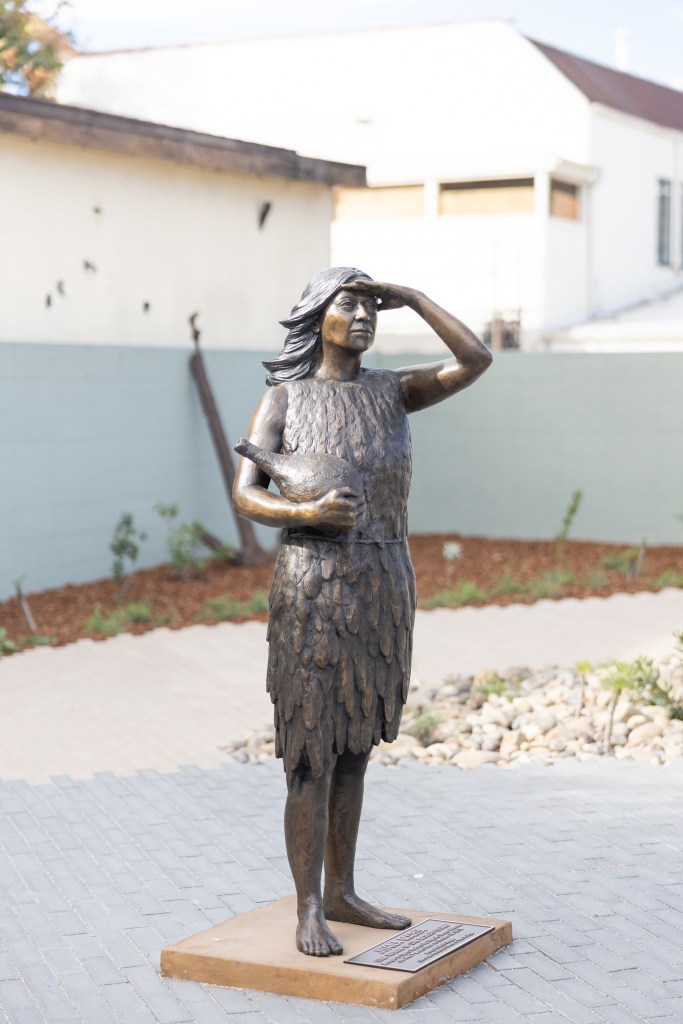
Our Offshore History Finds a Home
Chrisman California Islands Center
Set to Open in Carpinteria
By Matt Kettmann | Photos by Ingrid Bostrom
January 4, 2024
When I arrived at UCSB as a freshman from the Bay Area in 1995, I was shocked to see islands on the horizon. Like so many of my fellow Californians, I had no clue so many substantial landforms lingered off of our coastline, from the five near Santa Barbara that comprise the Channel Islands National Park to the rocky Farallons within view of San Francisco and nine islas that linger south of the border along the Baja Peninsula. Even those aware of their existence rarely visit these remote lands, which explains why so many are surprised to discover the rich tapestry of nature and culture that have evolved offshore over the centuries.
In recent years, the islands’ flora and fauna waltzed more into the limelight, thanks to documentaries, books, articles, and social media focused on those wild wonders, many of which are found only there. But compared to charismatic animals like the island fox and dramatic recovery heroes like the bald eagle, the islands’ human histories remain rather hidden. By any measure, these are fascinating tales of exploration, innovation, and grit, but such personal sagas are a bit more challenging to portray in the flashy, colorful imagery that modern audiences demand.
That starts to change this winter, when the Chrisman California Islands Center (CCIC) opens its doors in Carpinteria. Reflecting a half-century of collecting and curating by Marla Daily, who started working for Santa Cruz Island’s former owner Carey Stanton back in 1973, the CCIC will serve as both a public showcase and research archive focused on the islands’ historical lore.
Much of the material was collected by Stanton himself, with a strong focus on Santa Cruz Island. Upon Stanton’s sudden death in 1987, Daily expanded the treasure trove to the other islands and a wider time frame, extending from the Cabrillo expedition of 1542 and nautical tales of the colonial period through the ranching eras of the 19th and 20th centuries to the characters of today.
“We are the only organization 100 percent devoted to the cultural history of the California islands,” said Daily, a firebrand of a historian who’s led the Santa Cruz Island Foundation (SCIF) since Stanton founded it in 1985. “The California Islands: Saving their history, telling their stories. That’s what our mission is.”
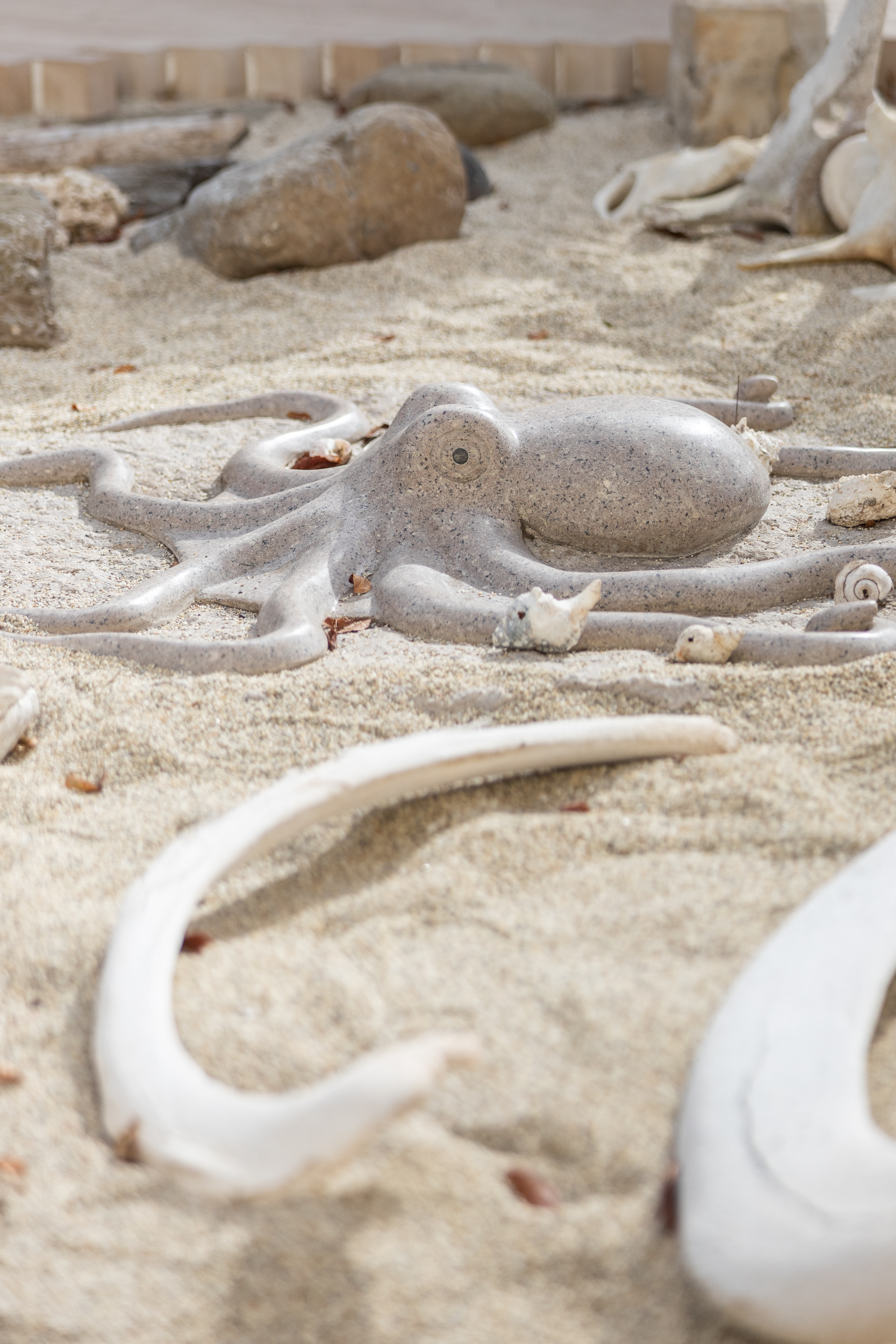
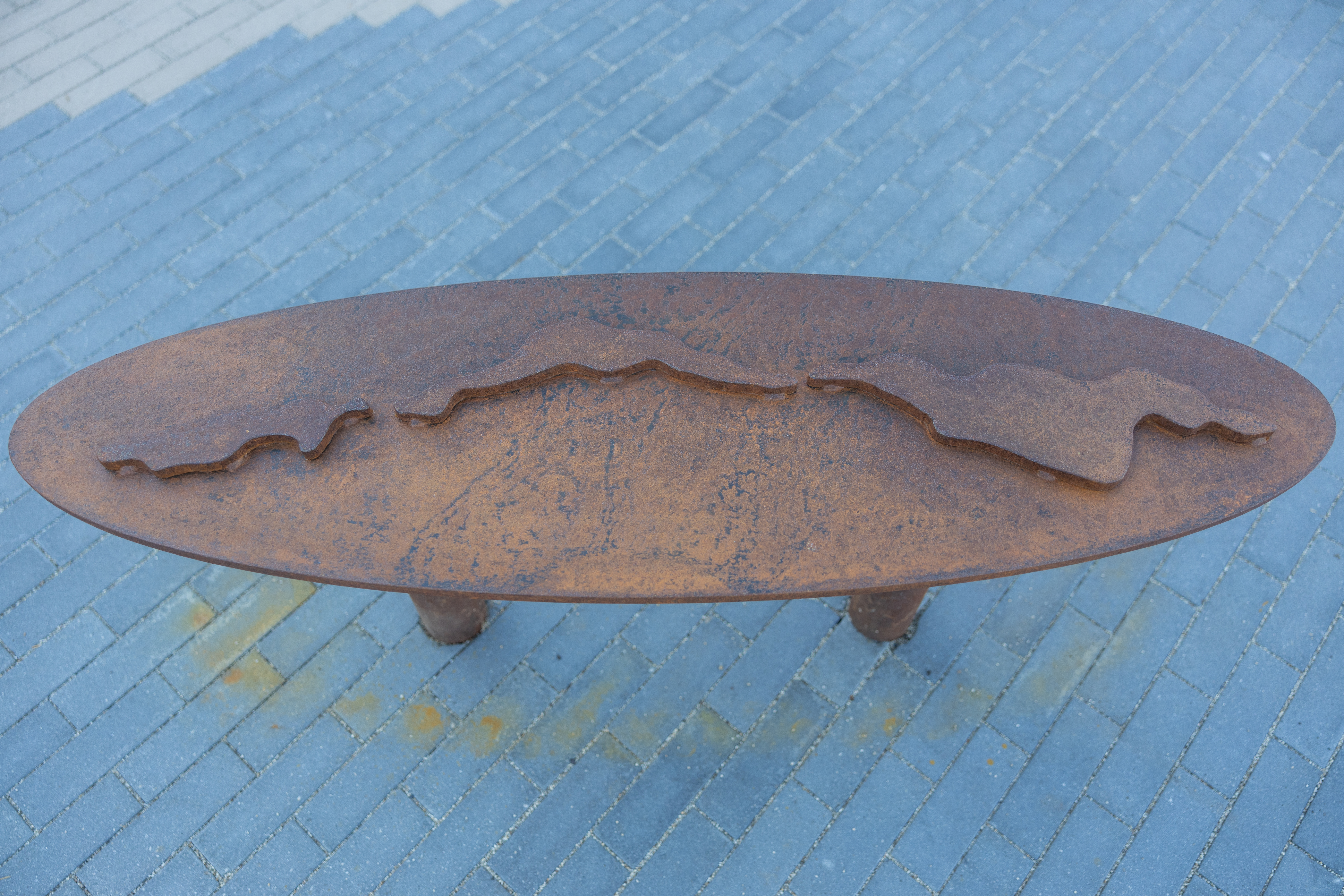

[Click to enlarge] Highlights of the outdoor patio include, from left, sculptures of an octopus and other island critters, to-scale metal benches in the shape of each island, and a statue of Justinian Caire, who owned Santa Cruz Island in the late 1800s.
Carpinteria’s Coveted Corner
Located on the busiest intersection of this quaint seaside town, SCIF purchased the former Bank of America at the corner of Linden and Carpinteria avenues in 2019. “It was empty but not for sale,” said Daily. “It turned out to be exactly the perfect fit.” Daily and her team — led by volunteer development director Sam Tyler, who came to love the islands while producing the 2016 documentary series West of the West — raised the $3 million required in an impressive three months.
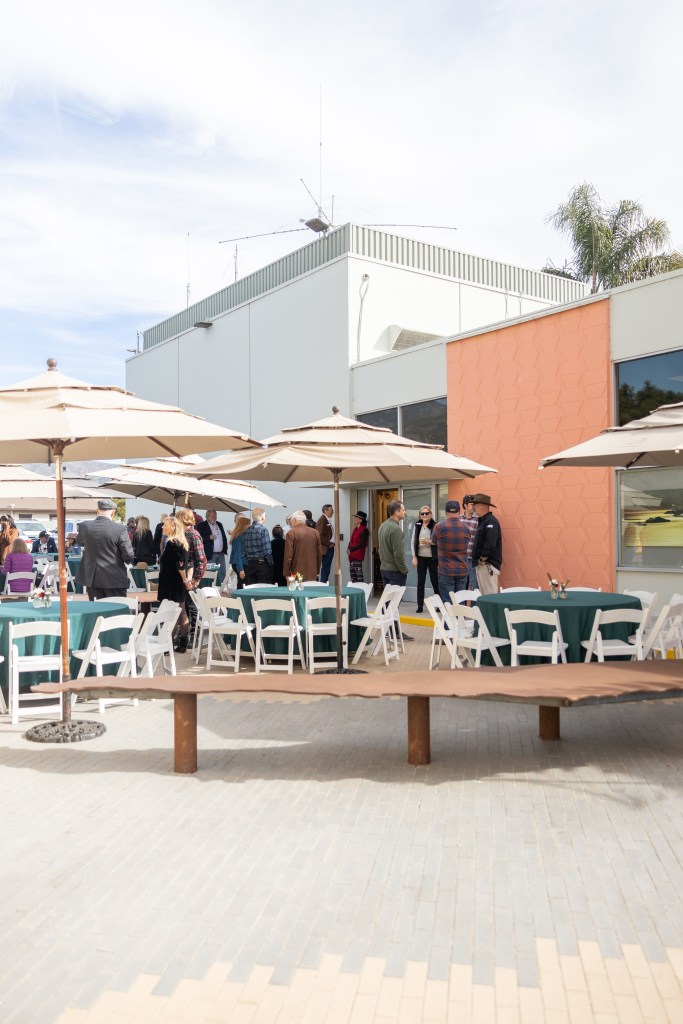
CENTER CELEBRATION: The Chrisman California Islands Center was unveiled to donors during a celebration on December 9, where many toured the brand-new institution for the first time. | Credit: Ingrid Bostrom
That was thanks largely to the $1.5 million donation by tech-moguls-turned-philanthropists Roger and Sarah Chrisman, which explains that first “C” in CCIC. (The Chrismans say they didn’t want it named after them, with Roger imploring, “It should be called the Marla Daily Center.”) Daily had stashed away another $500,000 over the years, and then eight “fellows” — each sponsoring one of the eight Channel Islands, including the park’s five as well as Santa Catalina, San Clemente, and San Nicolas — kicked in $125,000 each to cover the remaining $1 million. And all of that fundraising was done between October and December of 2019.
With the help of archivist David William Reichert and her right-hand man/hardworking husband, Kirk Connally, Daily spent the ensuing four years cataloging and moving her collection, which was holed up in closets, rented storage units, and anywhere she could safely stash it. They turned the former bank, which still features a functioning vault, into a mix of museum and library, with more than a half-million letters, ledgers, diaries, photographs, paintings, and other historical documents to share. Taking this all forward will be the recently hired executive director Emily Duncan, a Santa Barbara native who’s been involved with the islands her entire life.
During a December 9 event to unveil the CCIC for supporters, Daily, Chrisman, Tyler, Duncan, and longtime SCIF boardmember and attorney Eric Hvolboll gave enthusiastic speeches about the efforts to erect this headquarters for island history. But attendees were most excited to hear from Joe Walsh, the rock star from the Eagles who’s been an island enthusiast since befriending Stanton in the early 1980s.
“This is a dream come true,” said Walsh, who detailed his close relationships to Stanton, Daily, and the islands. “We were homeless, and Roger gave us a home…. It warms my heart that we have a home. It’s so special out there. It is so special out there.”
Marla’s Mission
A resident of Santa Barbara since the age of 9, Marla Daily first visited the Channel Islands onboard early models of Radon boats as a high schooler in the 1960s. Upon graduating UCSB in 1973, she took a summer job as a cook at the Santa Cruz Island Reserve’s field station, a hub for researchers then and now. The cook was the only one allowed to use the icebox at the main ranch, which was then owned by the island’s only permanent resident: the reclusive, Stanford-educated doctor-turned-cattle-rancher Carey Stanton.
“I’d been told just to drive slowly and mind my own business,” said Daily, recalling her first trip to that cooler. “I was following all my instructions when this diminutive man swung the door open in the building next door: ‘You there. What are you doing?’ He commanded me to come in and sit down.”
As she sat stiff-backed on an orange couch, they struck up an immediate friendship, with shared interests in rare books and California history. Stanton hired Daily as an assistant, a role she maintained until he died suddenly of a heart attack at age of 64 on December 8, 1987. Before that, Daily helped Stanton preserve the massive ranch that covered about three-quarters of Santa Cruz Island, which is four times the size of Manhattan.
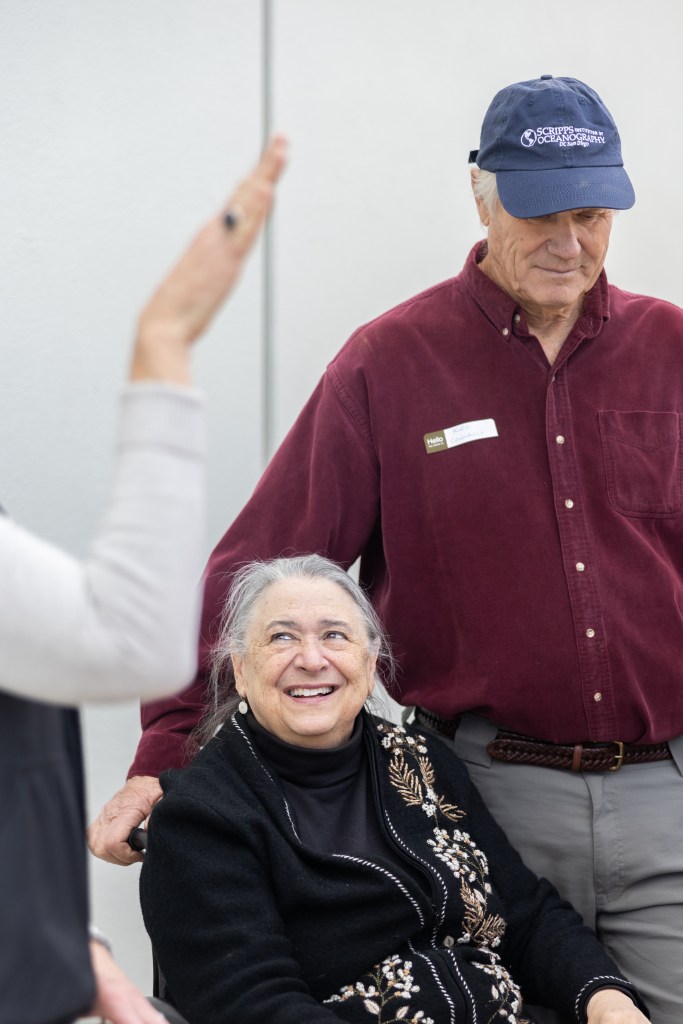
“He was fiercely protective of the island,” said Daily, noting that Stanton did not want to sell it to oil companies, the Disney corporation, or even a government entity since political winds can shift. “He turned down many lucrative offers. When he realized that The Nature Conservancy (TNC) protected private property and kept it private, that very much interested him.” They inked a deal in 1978 for TNC to take over upon Stanton’s death.
Eight years later, Daily, Stanton, and his attorney David Watts created the Santa Cruz Island Foundation to protect Stanton’s collections, which include antique furnishings as well as an extensive collection of his college friend Richard Diebenkorn’s paintings, now valued in the multi-millions. But, explained Daily, “how we do that, the extent to which we do it, the mechanisms we use, were never stated. Carey died before anything could be organized.” She was left in charge of the mission and his possessions, much of which remain inside the old buildings on the island.
Over the years, while restoring structures like the Chapel of the Holy Cross (where Walsh sings every year during an annual mass), collaborating with the National Park Service, TNC, and other agencies on historical projects, hosting exhibits at places like Stanford, and publishing books and articles about the islands, Daily steadily amassed even more materials. (Though the Chumash called the islands home the longest, she consciously left that indigenous research up to the S.B. Museum of Natural History.) As SCIF became the de facto depository for island history, the organization was humbly headquartered for 25 years in a small cottage at 1010 Anacapa Street in downtown Santa Barbara, where memorabilia both integral and obscure spilled out from every crowded corner.
“Over the years, we learned that people love these islands, they care about the islands, they want to be involved, they enjoy being stakeholders,” said Daily. “We created a way for people to be able to do that.”
Communing with Carpinteria
More people steadily became involved with the SCIF: scuba divers and fishermen, scientists and sailors, all of them “island enthusiasts,” including a select cadre who are members of the All Eight Club, having touched all eight SoCal islands. That’s an elite honor, Daily confirmed, explaining, “More people have been to the international space station than have set foot on all eight islands.”
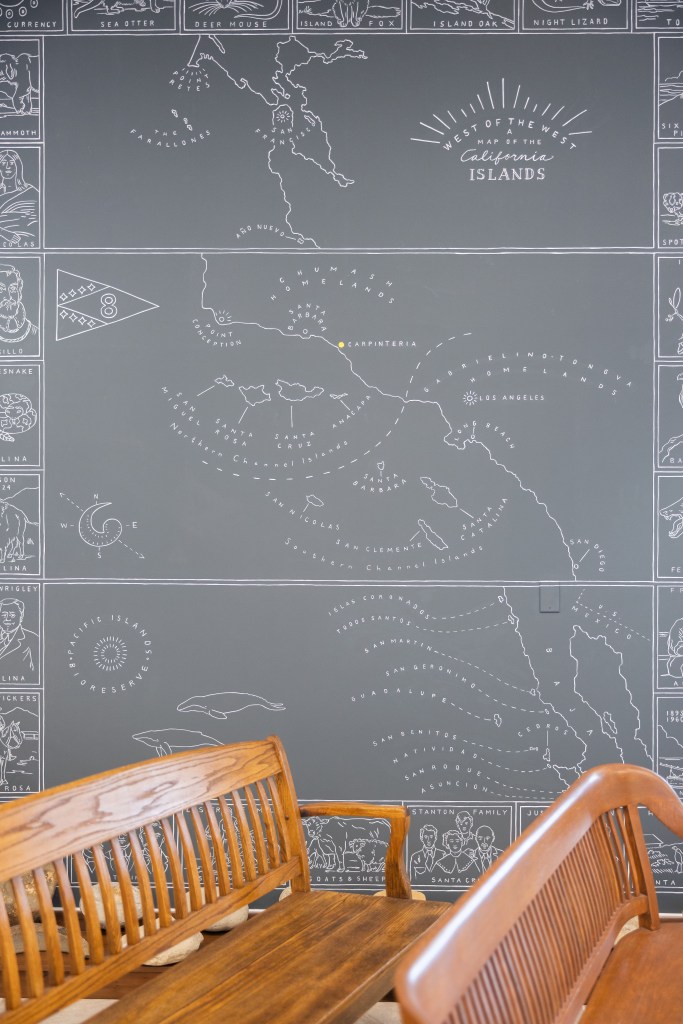
The ninth-ever member of that club was Dennis Power, who ran the S.B. Museum of Natural History from 1972 to 1994, turning it from a dusty research collection into the popular institution it is today. He left town to run museums in Oakland and Orange County, but he returned to Santa Barbara upon retiring in 2011 and quickly reengaged with SCIF.
“All of us on the board at that time realized that what Marla had consistently built over the decades was really worth saving,” said Power. “We needed to find a way to create a permanently established archive.”
They appreciated the model of the National Archives in Washington, D.C., which serves the needs of researchers while also showing off select materials to the public. “That led to the vision of building what you now see in Carpinteria,” said Power.
Not that Carp was the original location they investigated. A deal was nearly hatched to open the center inside the Ventura County Museum, while others thought such a museum-like institution would attract better crowds in Goleta or Santa Barbara. But Power is pleased that Carpinteria won out, especially since they acquired the prominent building for a considerable discount.
“We could not be in a better place than Carpinteria,” he said, noting that they’re excited to join the Carpinteria Arts Center and Carpinteria Valley Museum of History as the city’s cultural institutions. “If we’d been an appendix of the Ventura County Museum or just another museum in Santa Barbara, as desirable as it might have seemed, we would not have quite the impact that we will have on the immediate community. I’m really proud we ended up in Carpinteria.”
Money Matters
Roger and Sarah Chrisman moved to Santa Barbara in 1999 after striking it rich as telecom engineers during the heyday of Silicon Valley startups. While Sarah, who’s originally from Pasadena, became a familiar face in performing arts circles — leading the renovation of The Granada Theatre while serving for the opera and symphony — Roger stuck closer to the sea, working with the S.B. Maritime Museum and Catalina Island Conservancy. They also launched a nonprofit called Central Coast Ocean Adventures that runs the Mystic Whaler tall ship in Oxnard.
“I spent summers working at the marina, pumping gas, moving boats around,” Roger said of his Spokane, Washington, childhood, which involved much time at Lake Coeur d’Alene in Idaho. “I don’t ever recall not owning a boat.”
When living near San Francisco, Chrisman would stop at Santa Rosa and Santa Cruz islands while heading down to race boats in San Diego, and became a frequent Catalina visitor. He came to appreciate the islands’ rare native species, their “wild and wooly” landscapes, and their legacy of conservation.
“There is just so much history, and those islands are such a treasure,” said Chrisman, crediting Stanton and others for having the forethought to save them from being turned into oil derricks or Disneyland. “They should have been destroyed, and they’re not. It’s a piece of California that is still intact.”



[Click to enlarge] Scenes from inside the CCIC | Credit: Ingrid Bostrom
After a lifetime of running SCIF almost entirely by herself, Daily is starting to pass the reins to the next generation of leaders. But she shows no signs of slowing down on her passions: collecting more materials and highlighting them through her Curiosity Correspondent email newsletter and on Islapedia, the encyclopedic website that now features more than 18,000 pages. Said Power, “She’s really turning to focus on the things she loves to do, and not worrying about the administrative stuff.”
A museum executive by career, Power is keenly aware of how much work there is to come, particularly in attracting people to the center and keeping it relevant. “Early in my career, I looked at marketing as just advertising, which was not very academic,” said Power, who was an ornithologist prior to becoming an administrator. “Now I realize how important it is to get the word out. Marketing is big.”
Enter Emily
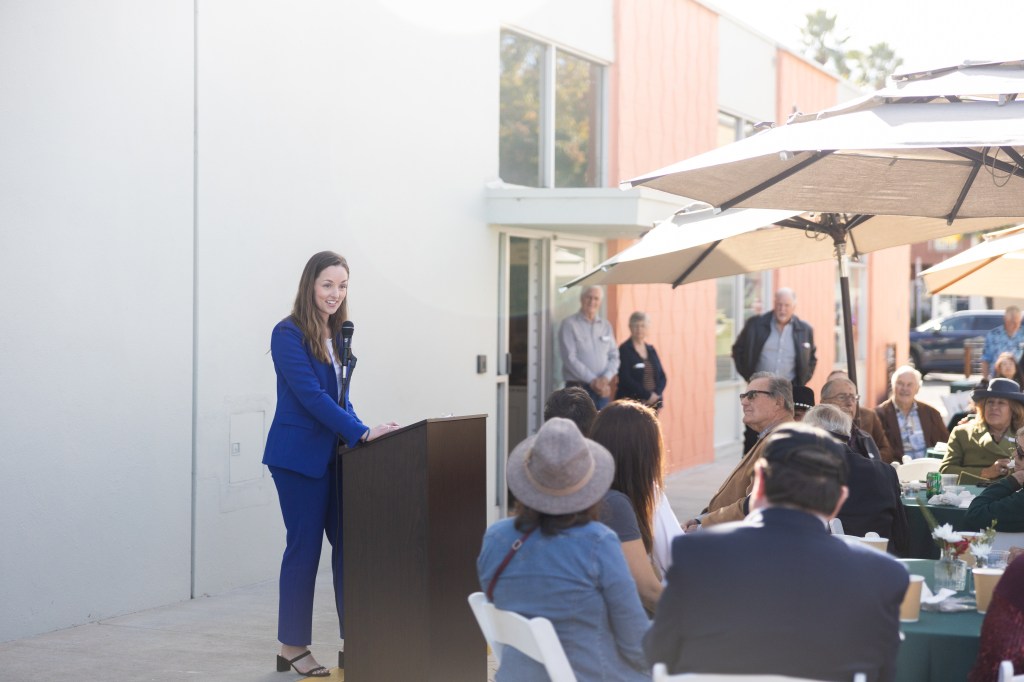
“I’m the youngest person to set foot on all eight islands,” Emily Duncan reveals while leading me on a tour through the CCIC a couple of weeks ago, explaining that she volunteered on various projects while growing up with her father, longtime SCIF supporter Bob Duncan. “That’s what my dad and I did on weekends instead of sports,” said the graduate of Notre Dame Elementary and Bishop Diego High School, who remembers attending an All Eight Club barbecue while in second grade.
With her bachelor’s of science in recreation, parks, and tourism from Cal Poly, master’s in leadership studies at the University of San Diego, and work experience for the chamber of commerce in Avalon on Catalina and at the USS Midway Museum in San Diego, I can’t help but blurt out that this job seems made for Duncan. Only then does she share how much Daily has meant in her own life.
“Marla’s been my mentor since I was little,” said Duncan, who turned to her for big-decision advice as well as smaller quandaries, like how to act when alone at parties, to which Marla suggested talking to the oldest person in the room because they tend to have the most stories. “I have always valued her opinion and insight on everything.”
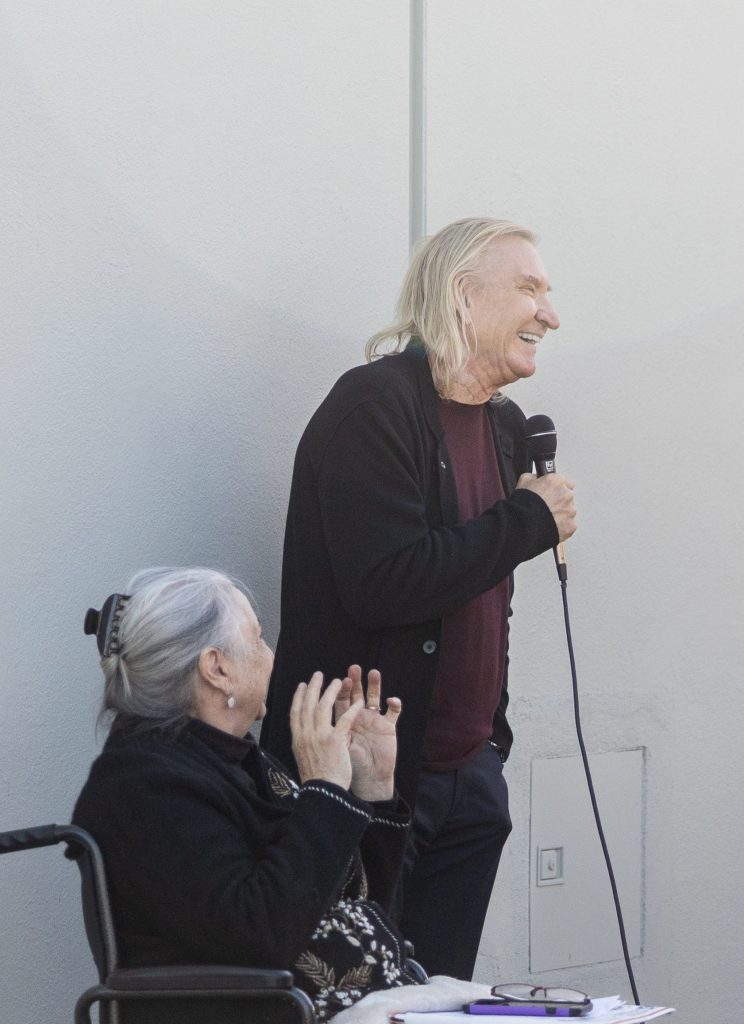
A mini-Marla-in-training, Duncan is getting to know all of the archives intimately, from the displays on each island — check the San Nic rocket, which Daily acquired after spending $20 on an ashtray and hat over eBay — to the Catalina Island pottery collection and Diebenkorn gallery. There’s a wall of screens beaming in live footage from 20 different cameras located around the Channel Islands; a Juana Maria section focused on the true, tragic story behind Scott O’Dell’s Island of the Blue Dolphins novel; and a muralized map to orient visitors to the broader concept of California Islands. There are actually 504 in all if you count the tiny ones, Duncan told me, but the center is focused on the 20 that are significant enough to contribute to the historical record.
Visitors will be entertained by recordings of island sounds that cycle through each corner of the center — think marine-mammal grunts, bird calls, plenty of waves crashing. There’s an active HAM radio station and one contemporary exhibit that rotates every six months, currently featuring an artist who dyed sheep wool with invasive plant species. The center is also home to the most interesting bathroom I’ve ever seen, featuring large undersea images, more audio enhancements, and, best of all, a nautilus-shaped urinal.
“You’re completely immersed, all of your senses,” Duncan said, minutes after I was fondling the leather straps that Stanton used to sharpen his razors, which are surrounded by his old clothes, dressers, and those Diebenkorns. The plan is to enhance the exhibits with ample programming, including a lecture series and screenings that can be projected on the exterior walls that loom over the patio, where metal benches in the shape of the islands are set to scale. Outside is also a life-sized Juana Maria statue, a pygmy mammoth sculpture, a thriving garden of native island plants, and a memorial to the Conception disaster, among other things to see.
“This space is going to be a magnet for island history,” believes Duncan, who’s just getting used to having the job for which she seems destined. “It’s kind of a dream come true,” she said, echoing a common phrase around the CCIC. “I’m like a giddy kid in a candy shop.”
Daily, meanwhile, can now relax like the kid who’s already eaten the candy. Could her muse Carey Stanton have ever predicted this outcome? “I don’t think he would have ever envisioned having this kind of impact,” she said. “This is for everyone, of all ages.”
The Chrisman California Islands Center will open with a ribbon-cutting ceremony this winter. Visit at 4994 Carpinteria Avenue, Carpinteria; call (805) 220-6414; see ccislandscenter.org; and follow on Instagram @ccislandscenter.

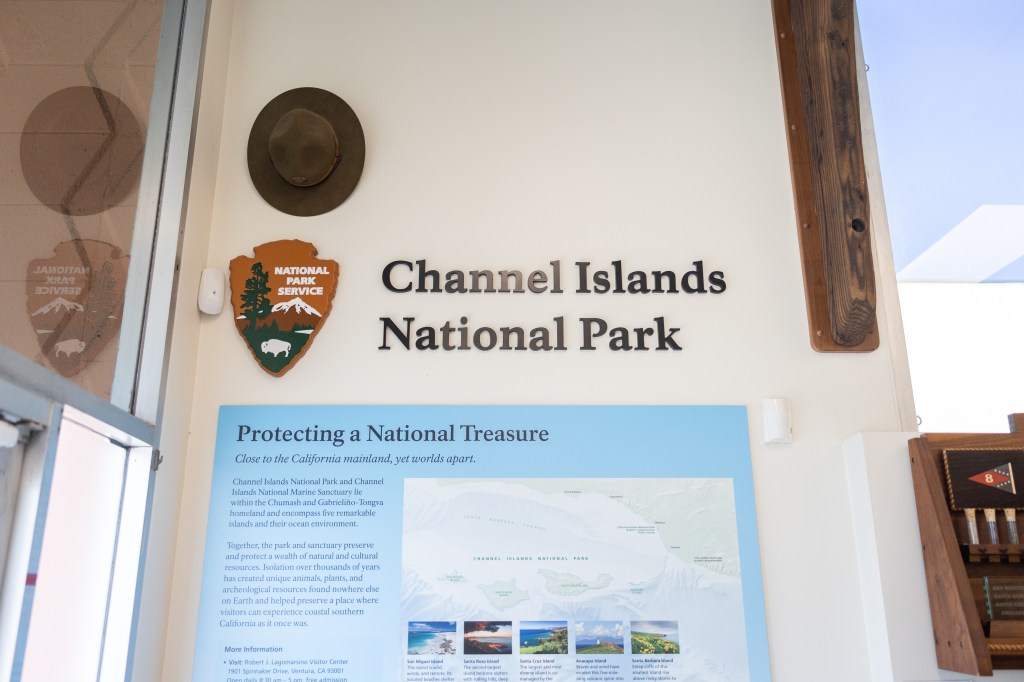
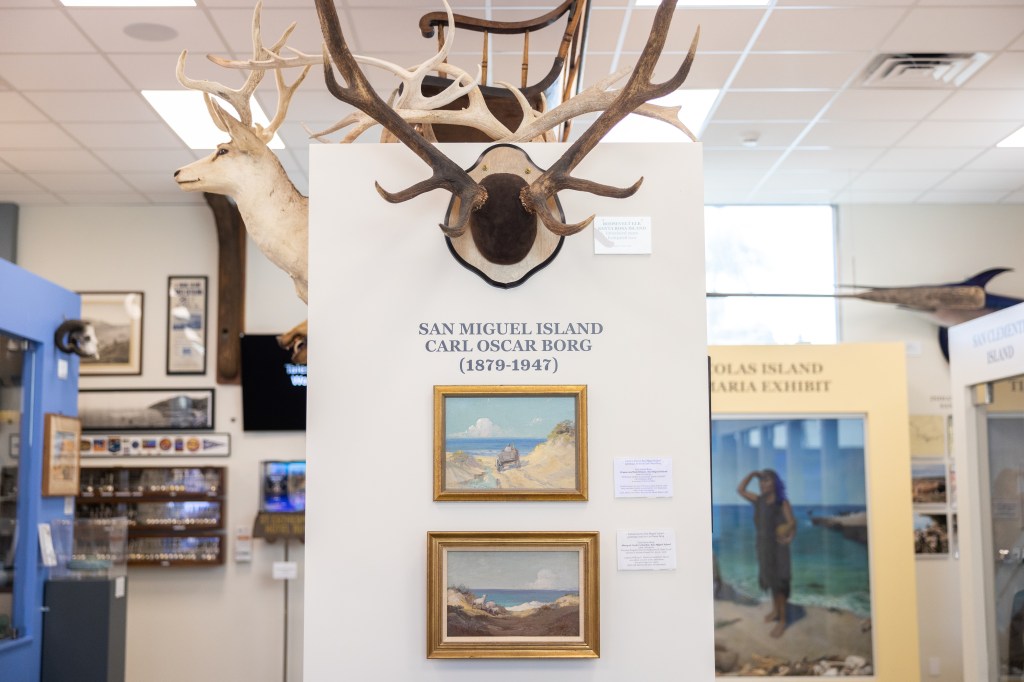
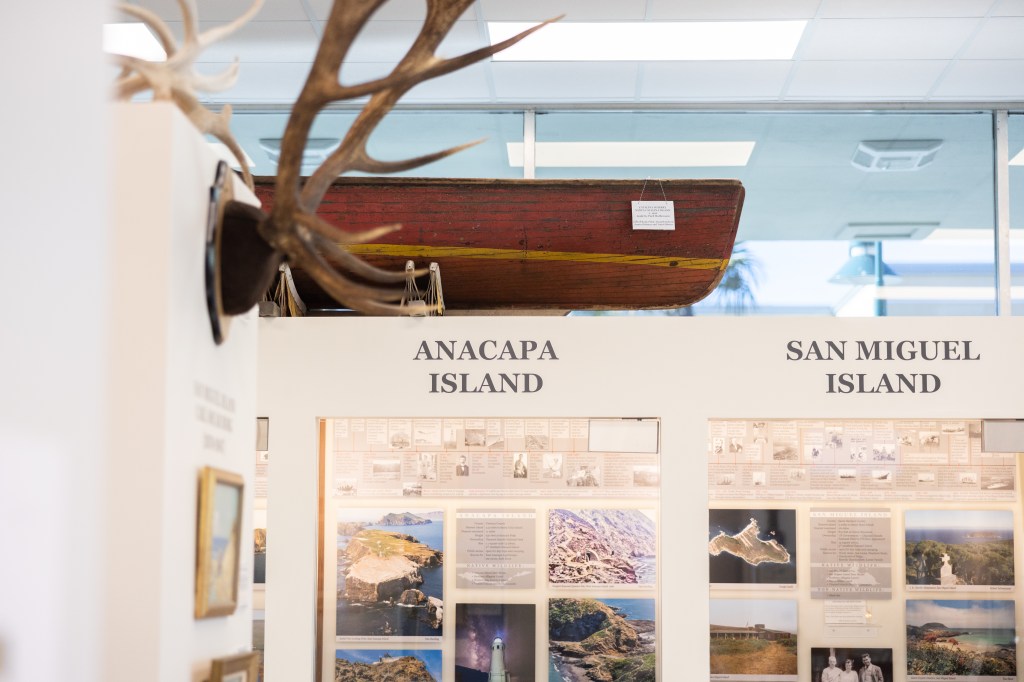
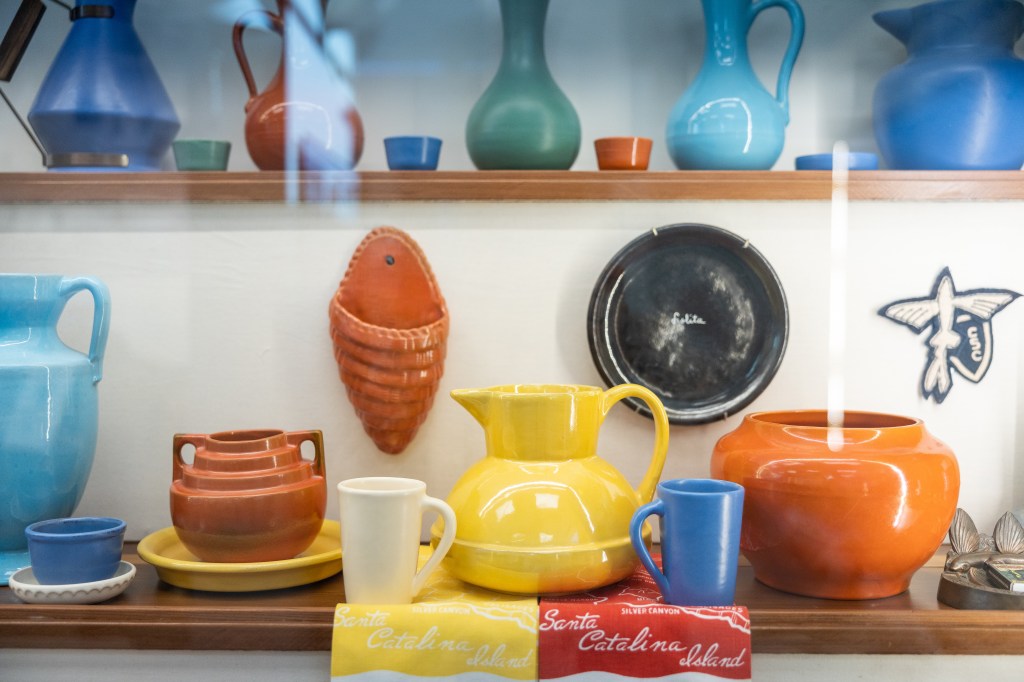
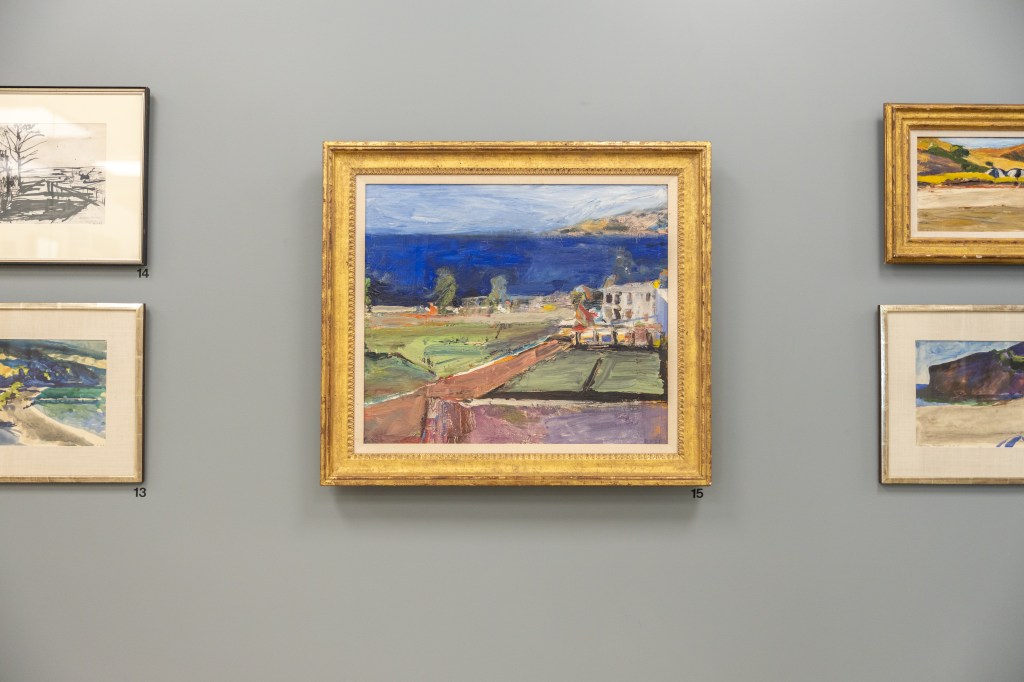
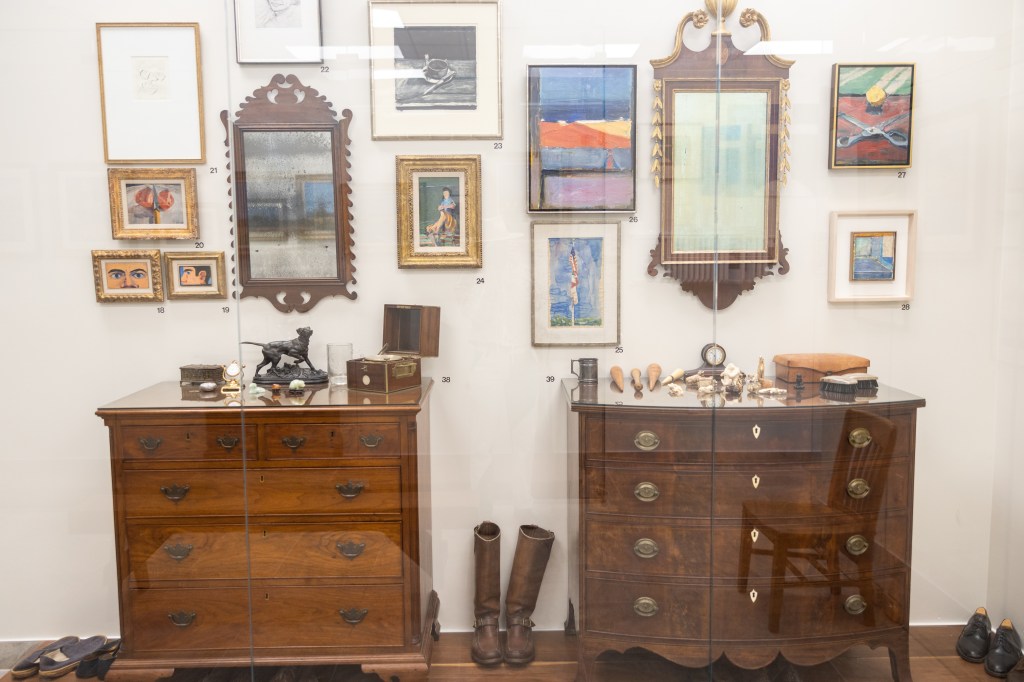
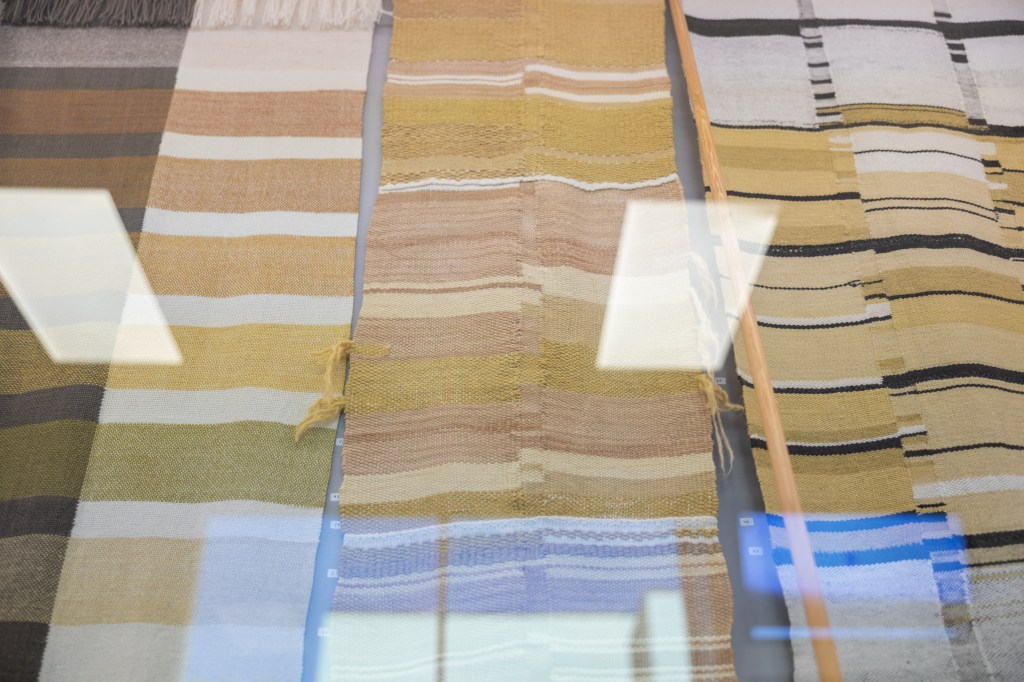
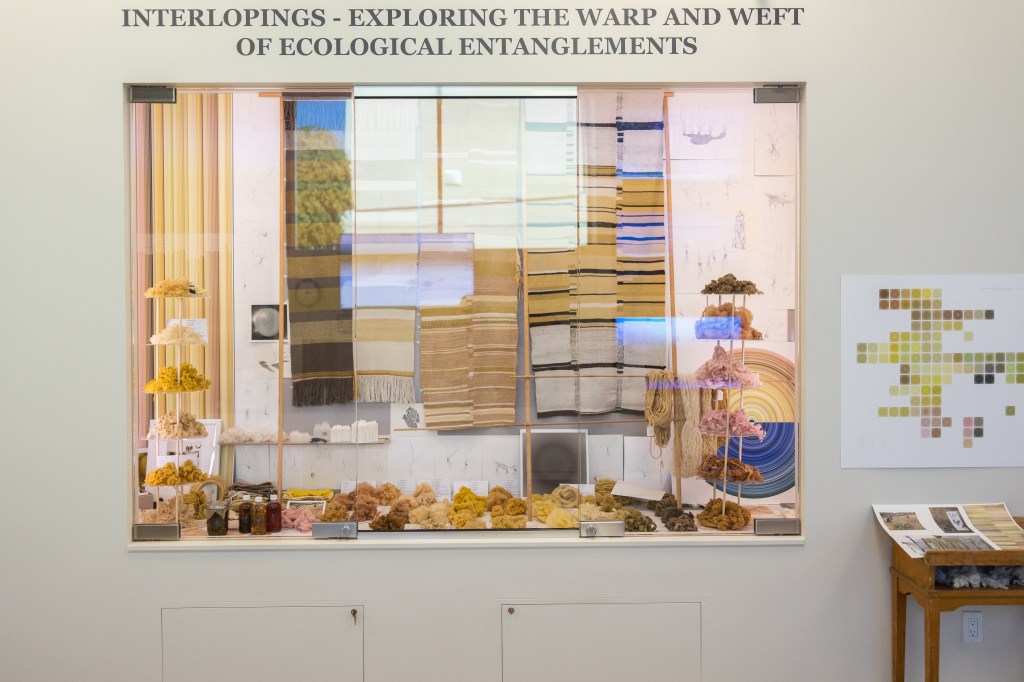



You must be logged in to post a comment.